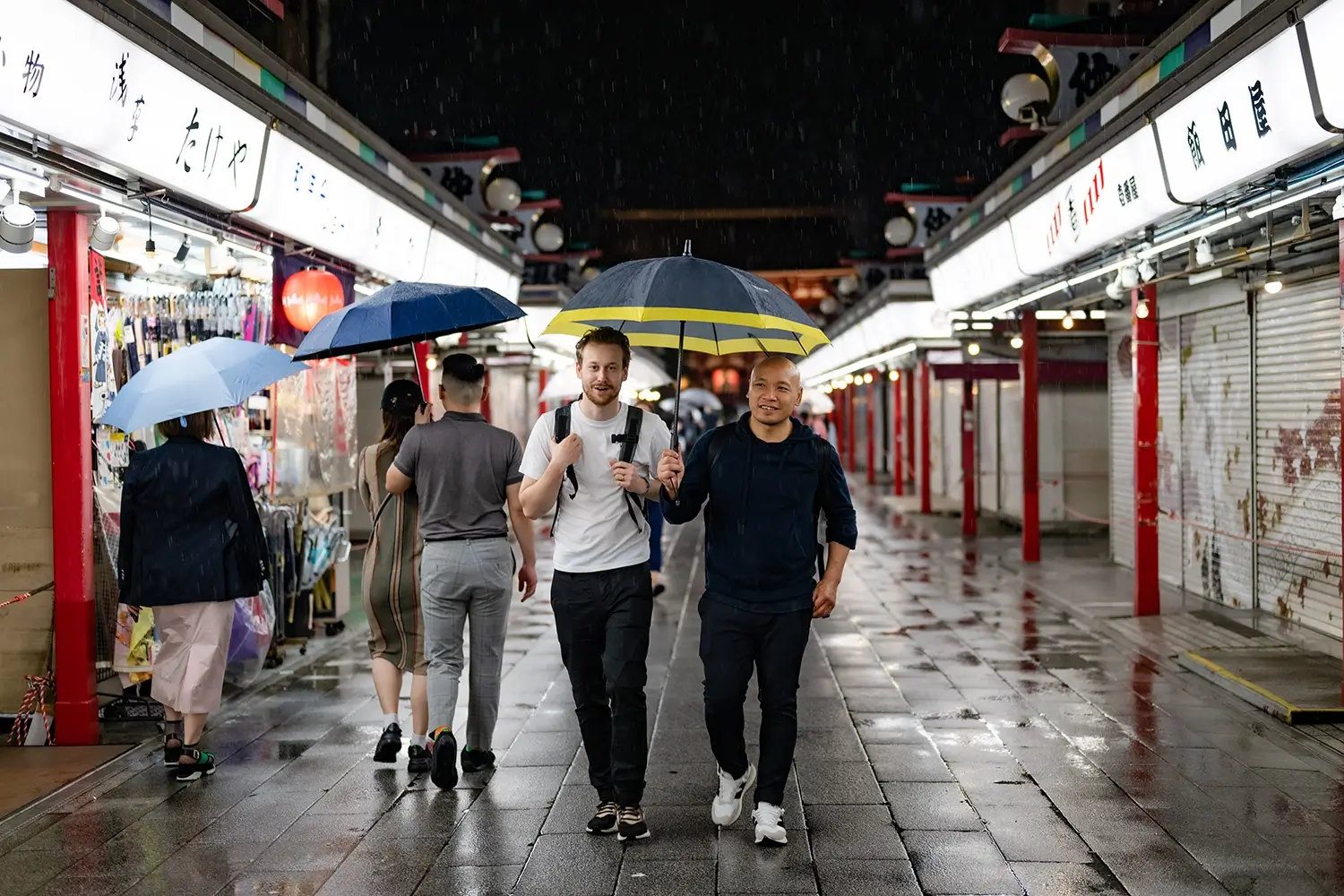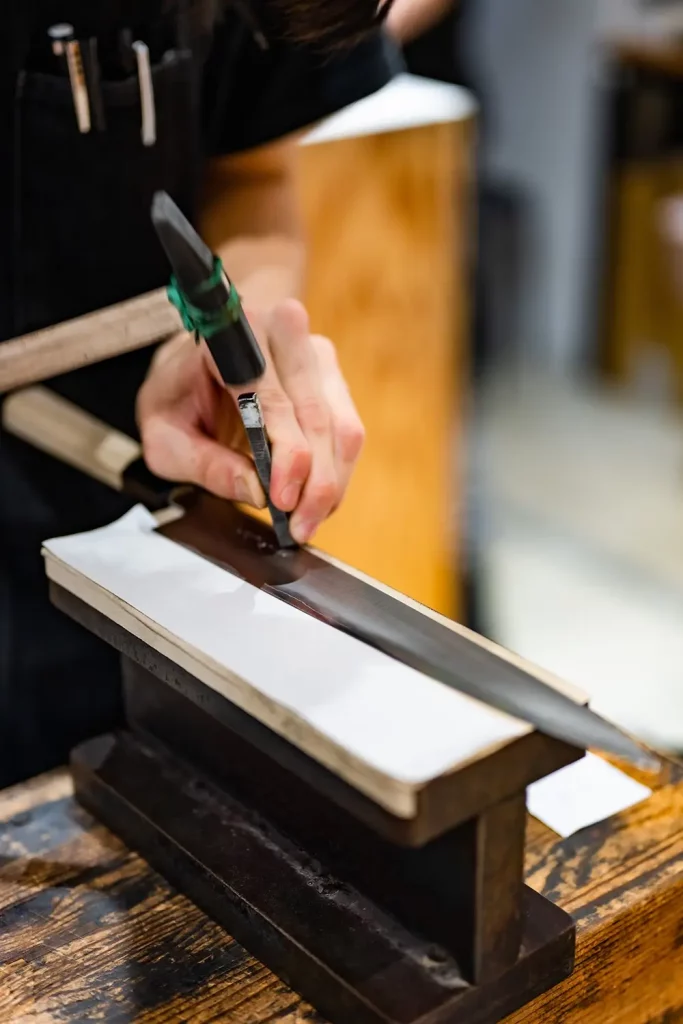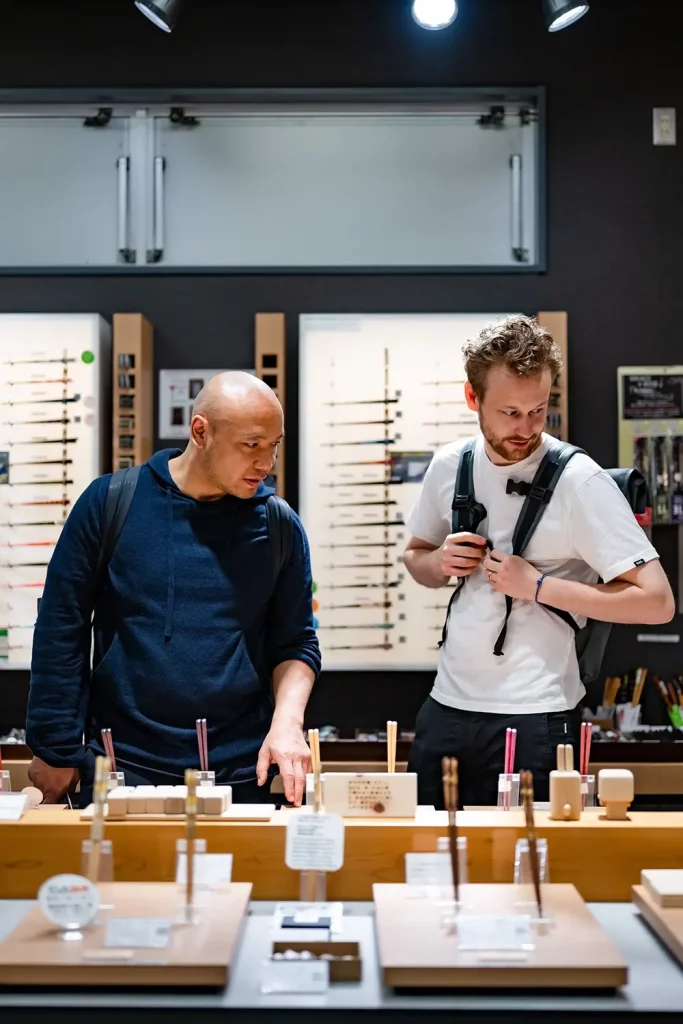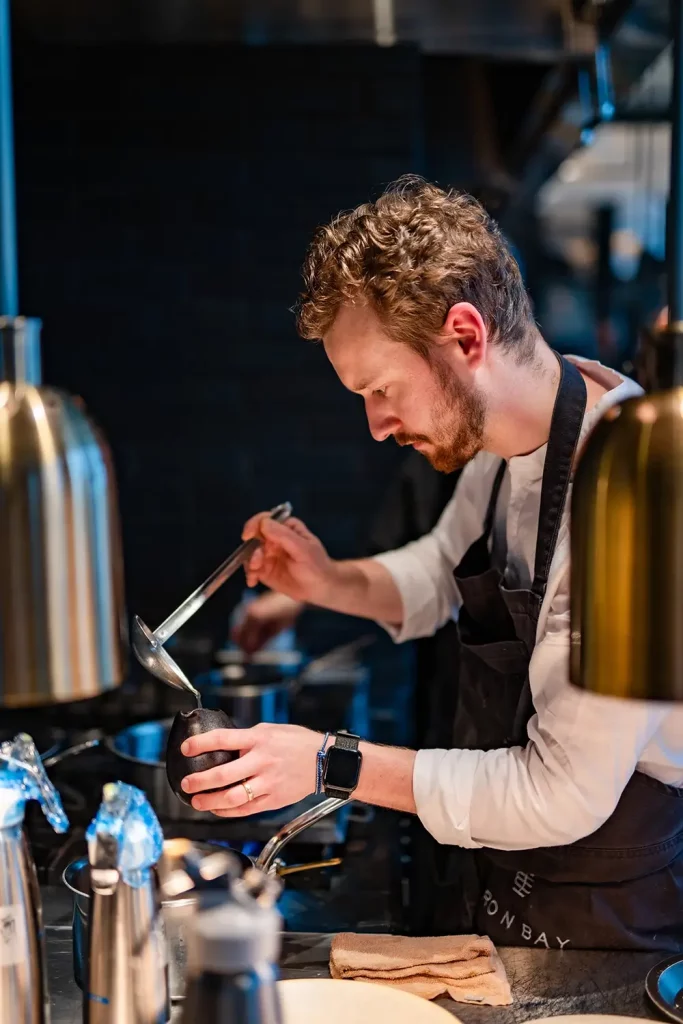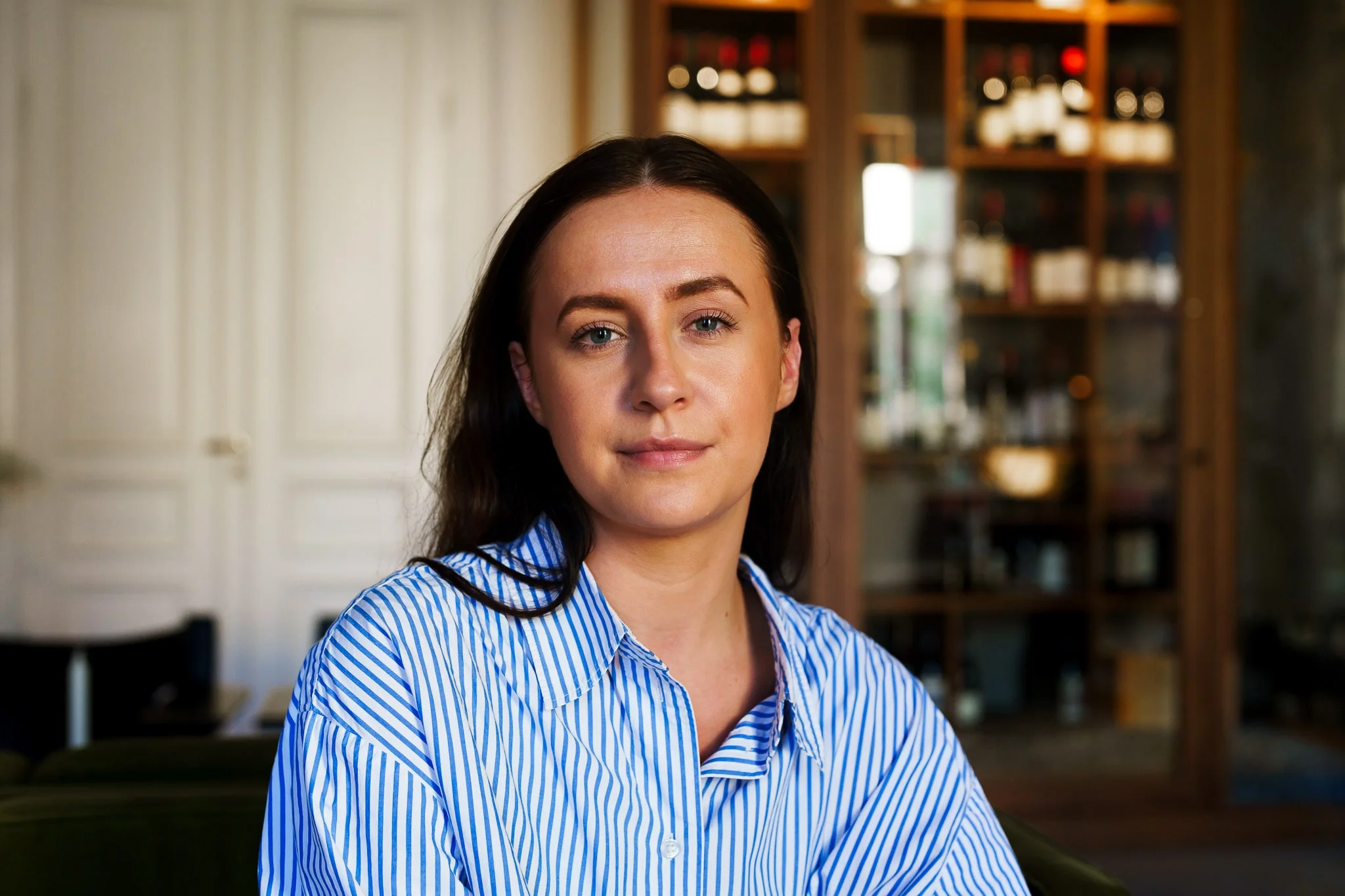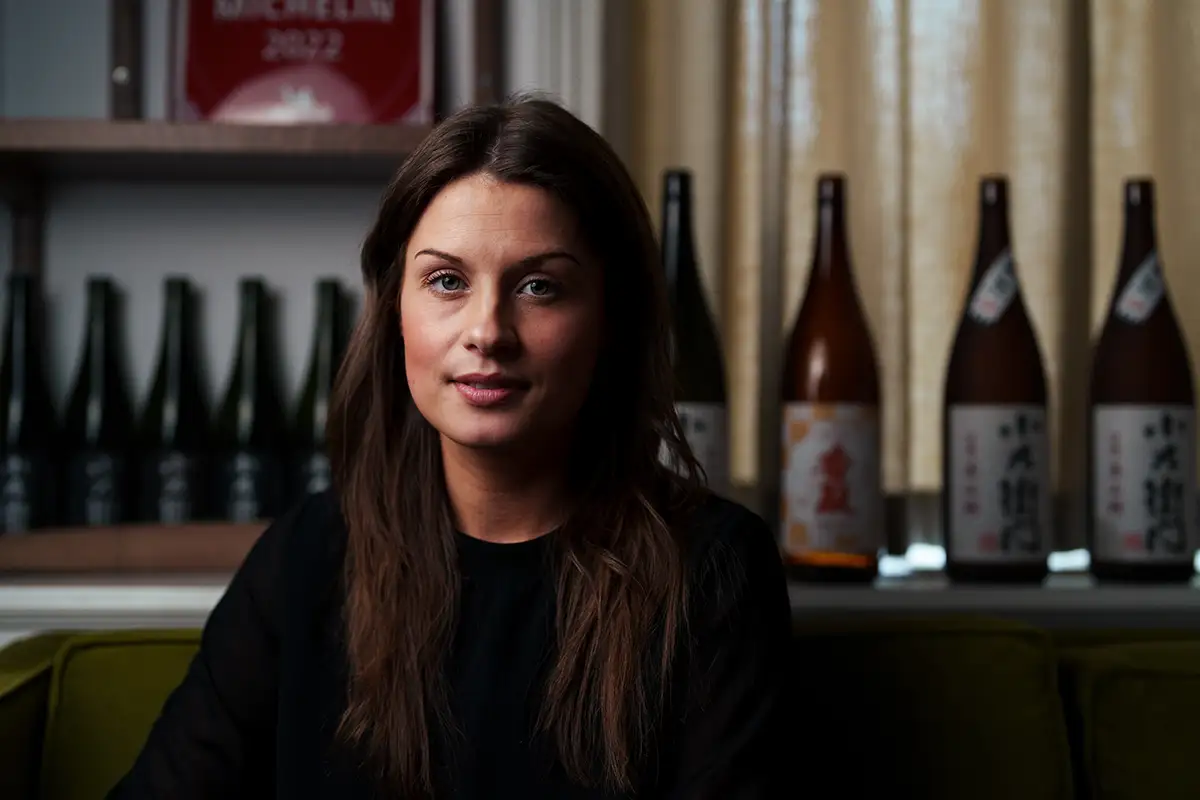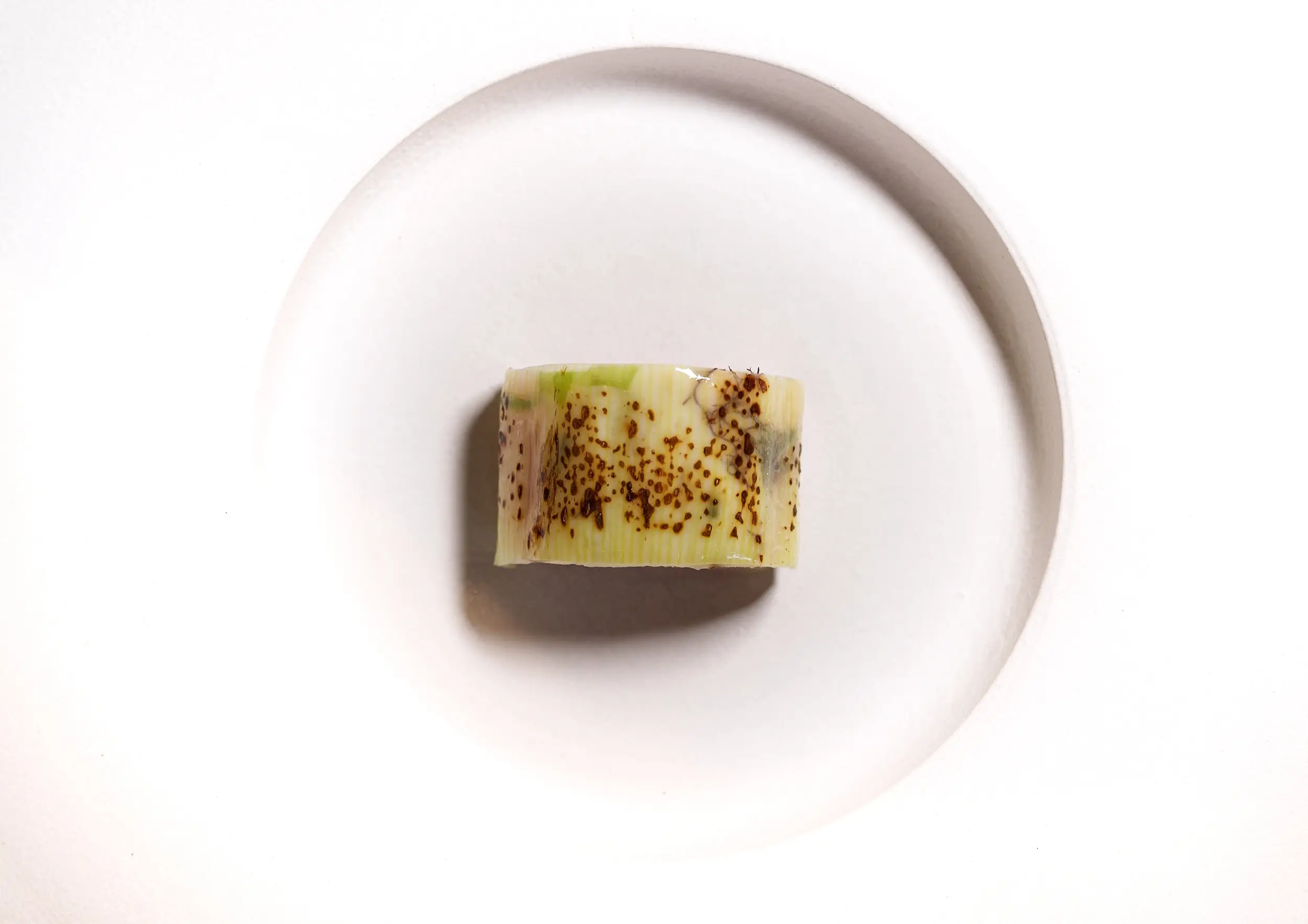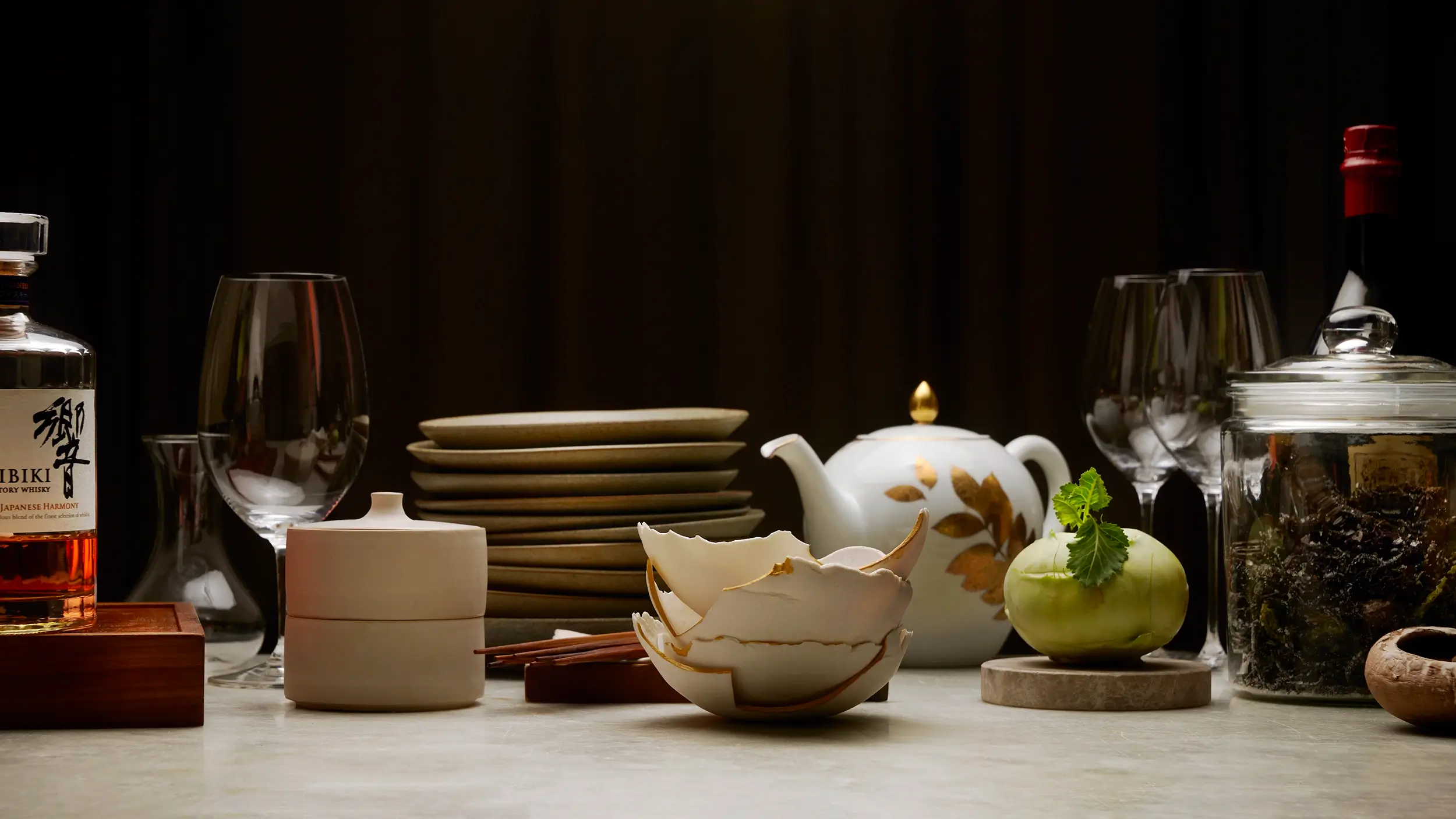Japan and Nour
It’s 2 pm in the restaurant and pre-service is in full swing. Glasses are being polished, doughs are being kneaded, coffee is being repeatedly brewed for the staff. The air is filled with pleasant fragrances of sweet vinegar and duck on the grill. The mood feels calm and in control two hours out from service. Sayan still works daily at the restaurant, and he has told me that he needs to complete these doughs and thus I am confined to the middle of the outer kitchen of Nour, on a footstool with my computer. Behind me is Bella, one of the newest additions of cooks at Nour, tending to small green leaves and most probably listening in to our conversation. There’s an infectious energy and anticipation in the room, as before each service.
The reason for this visit to Nour is to ask questions about Japan, and its meaning and usefulness to Nour, an inherently Japanese and Scandinavian restaurant. Sayan’s journey into the Japanese cuisine started early, he mentions an essay about Japan that he wrote in the ninth grade, and how it pulled him in with what he calls mysticism. The real venture into Japanese culture happened after he moved to Stockholm. There he got to taste his first piece of sushi at Fridhelmsplan at a run of the mill sushi-corner. With just three ingredients, he was fascinated by the simplicity yet strength of the dish, and realized he wanted to open his first Japanese restaurant. The year is 2005, and Sayan Isaksson and Daniel Höglander, both having been members of that year’s Swedish olympic culinary team, opens the restaurant Esperanto, which was awarded a Michelin star in 2007 and was regarded as one of Sweden’s best restaurant for many years. In 2009, Sayan opens trendy “Råkultur”. Råkultur was located just above Esperanto in the same building and was deemed by reviewers as a cool spot with excellent food. At Råkultur, Sayan quickly realized that his foray into sushi was only dipping a toe into the complex and ancient traditions of Japanese cuisine.
“I was also shocked at the level of quality. Me and Olle Broström were very short of time one night and went to a McDonalds in Tokyo…”
“From there, I started taking trips to Tokyo and Japan, and I realized that Japanese cuisine was this huge thing, full of techniques, textures and flavors that were mostly unexplored in Scandinavia. I was also shocked at the level of quality. Me and Olle Broström (chef de cuisine of Nour) were very short of time one night and went to a McDonalds in Tokyo and ordered a Tokyo version of the Quarter Pounder. We were floored with how good it was, and two hours later we actually went in to get another one. It’s also something about the way they walk there, here in Stockholm everyone’s walking in every direction. In Tokyo everyone is going in one straight line for each direction, and it’s the only way it would work, there would be chaos if it was any other way.”
The journey into Japanese culture then continued with a competition in 2009 in London called Seven Sushi Samurai with now nationally famous chef Frida Ronge. Sayan and Frida was one of seven pairs invited to compete with their sushi skills and managed to place second; an impressive feat considering that there was a Japanese jury and a Japanese winner. A realization when exploring Japanese food is that it isn’t as easy in Sweden to find the same quality of produce as in Japan. It’s a unique island in the way that it covers three different climatic zones – subarctic, extratropical and subtropical. This gives the country access to all kinds of ingredients of high quality that simply isn’t available in other places.
“It’s a mindset as well, the Japanese don’t keep the bad produce and sell it, everyone there are so tuned in for the best there is, so the readily available produce is of excellent quality, because the Japanese standard is higher.”
It’s somewhere within this realm that Nour creates its own, unique menu. The food is the translation yielded when using Scandinavian, local produce and exploring Japanese ways of cooking said ingredients. This, with the creativity, hunger and experience of the team, draws out what is being created at Nour. However, the dishes made at Nour is not exactly available in Japan, the restaurant will use Japanese words and phraseology as labels to put something unique, beautiful and delicious on a plate.
“To me, the level of service we’re starting to expect is from Japan.”
In 2016, Sayan Isaksson opens Imouto, a humble sushi bar, and receives his first Michelin star, just next to Esperanto. This made Esperanto and Imouto two restaurants next to each other that both had gained a star in the guide, so the building became a bit of a two-star sensation in Stockholm, which Sayan reminisces as good times. From there, Nour opens in 2020.
“To me, the level of service we’re starting to expect is from Japan. If you’re leaving a restaurant in Tokyo the owner and your waiter of the night will follow you to the door, and they’ll wave you goodbye until you round the corner of the next street. There’s such extraordinary professionalism and knowledge there as well as such humility. There’s no “startenders” in Japan, they use an expression, Omotenashi, which roughly interpreted means satisfying others’ need without being told to do so, and without any self-gain involved.”
The desire to truly understand Japanese cooking has led to many interesting developments at the restaurant. The team recently went back to the traditional basics of making Koji-rice, which is cooked rice that has been inoculated with Aspergillus oryzae. A mold that is widespread in Japan. This mold releases enzymes that ferments the rice by decomposing its carbohydrates and proteins. This process can also be applied to other grains like barley, and according to Sayan, it has revolutionized the team’s entire approach.
“Olle was just positively sanctified by this milk”
“We’re just reaching a different intensity. It feels like we did things harder for ourselves than we had to, exploring these traditions has honestly made the flavors better and the process more genuine. If I didn’t have kids, I’d honestly move to Japan. It’s such an endless inspiration, just from going to this one island, Hokkaido. We had some milk there and Olle was just positively sanctified by this milk, so now we have our own artisan milk in the restaurant, but from Swedish cows from Gotland, Olles birthplace.”
After spending years dipping their toes, the team behind Nour now have their feet fully planted in the ocean of knowledge that is Japan. Chef de cuisine Olle Broström and chef Sayan have more trips to Japan planned, and creativity is running high. With a chef’s table in Key West, Florida that Sayan attended last month, constant renewals and revisions to the menu, field excursions to new restaurants for the team – it is safe to say that there is something special brewing at Norrlandsgatan 24.
Stay tuned for more upcoming articles.
